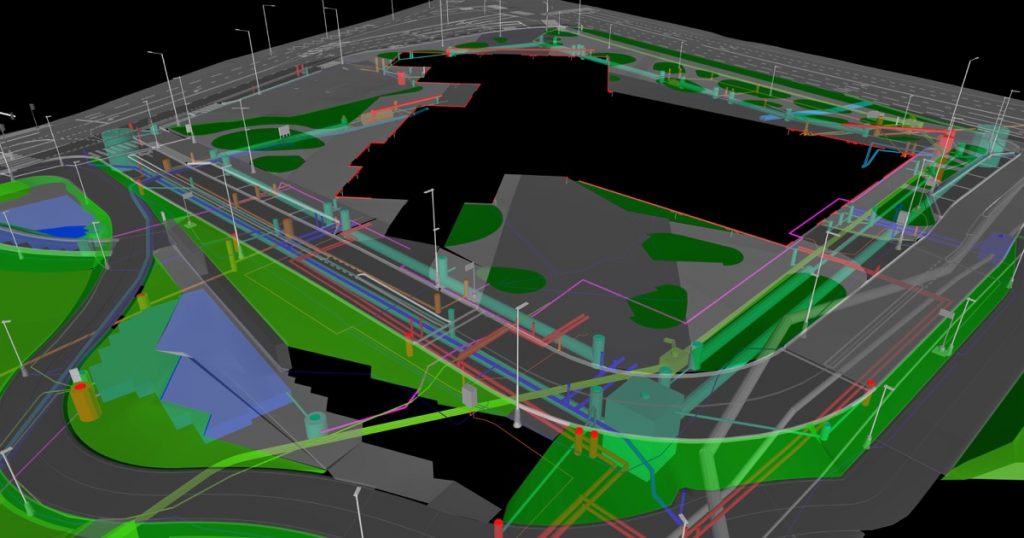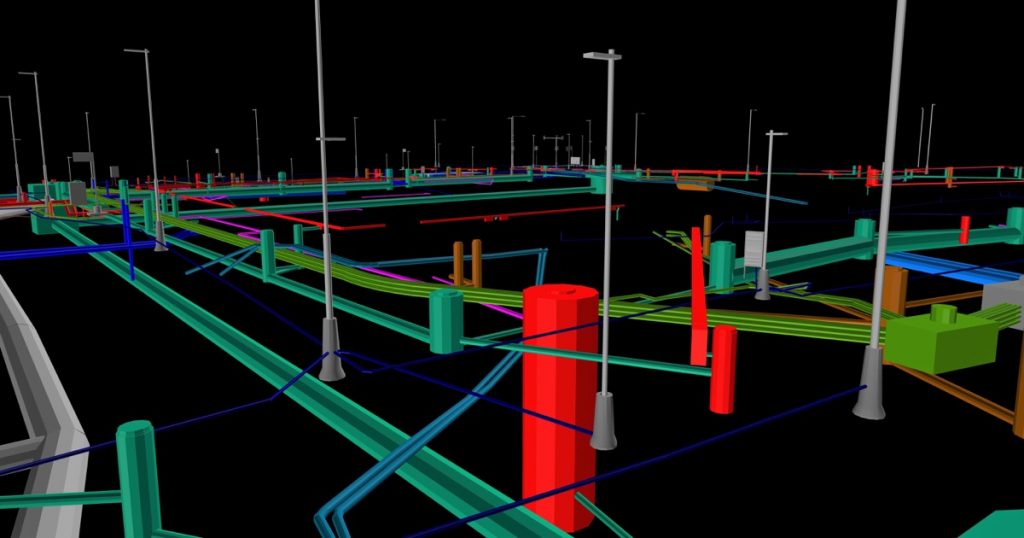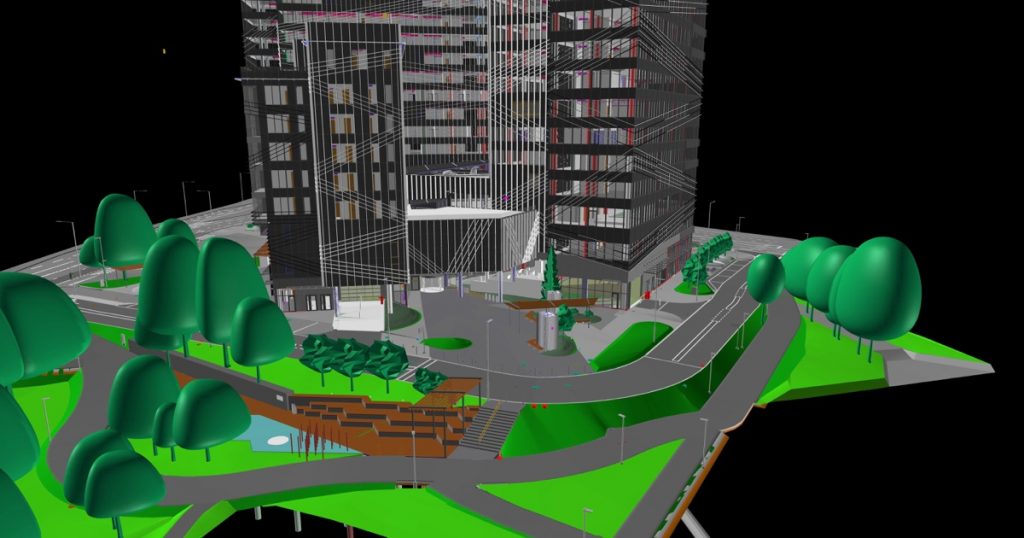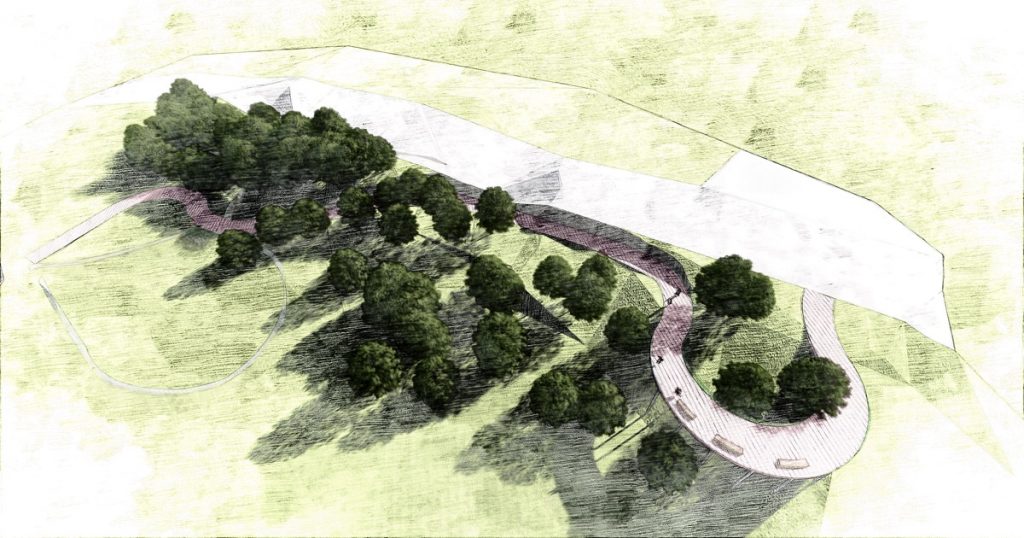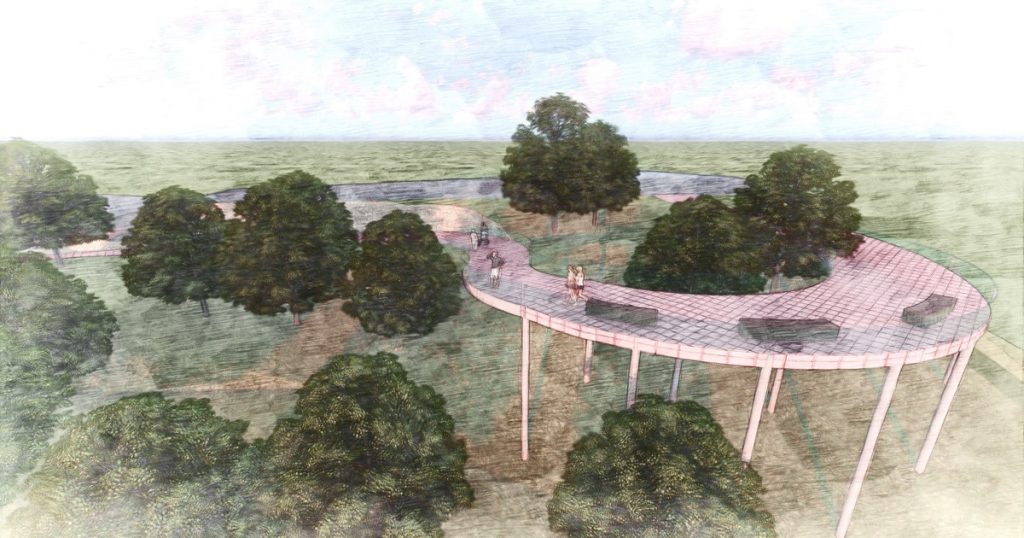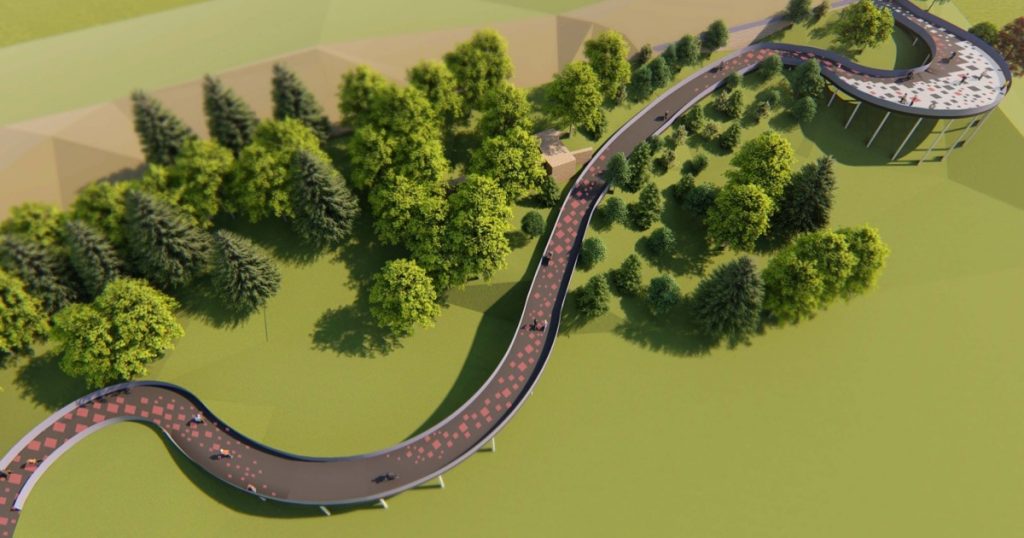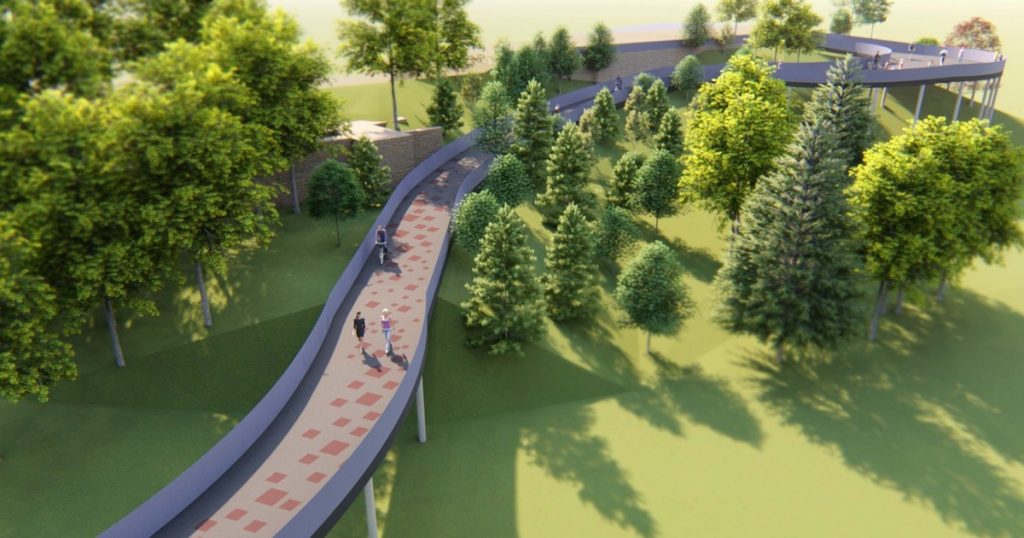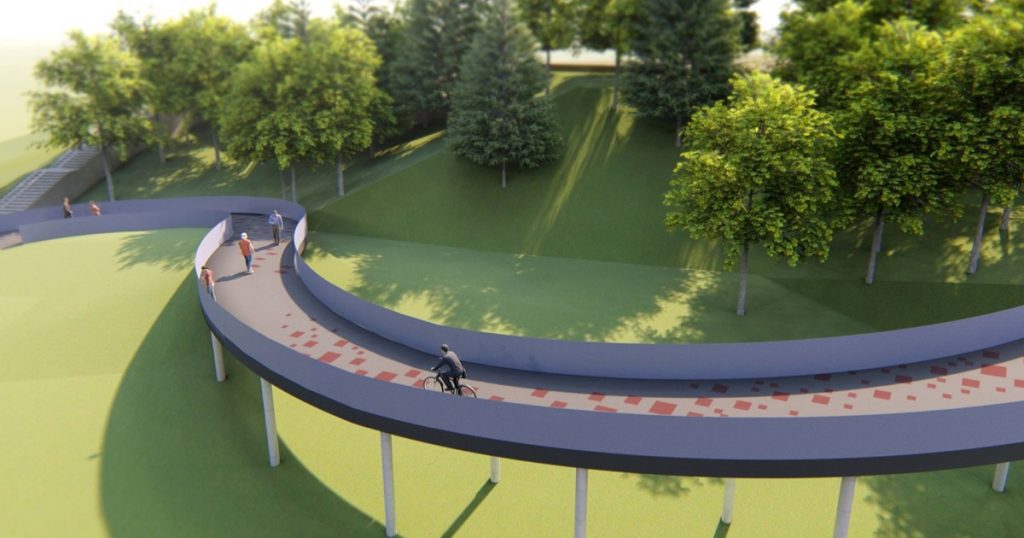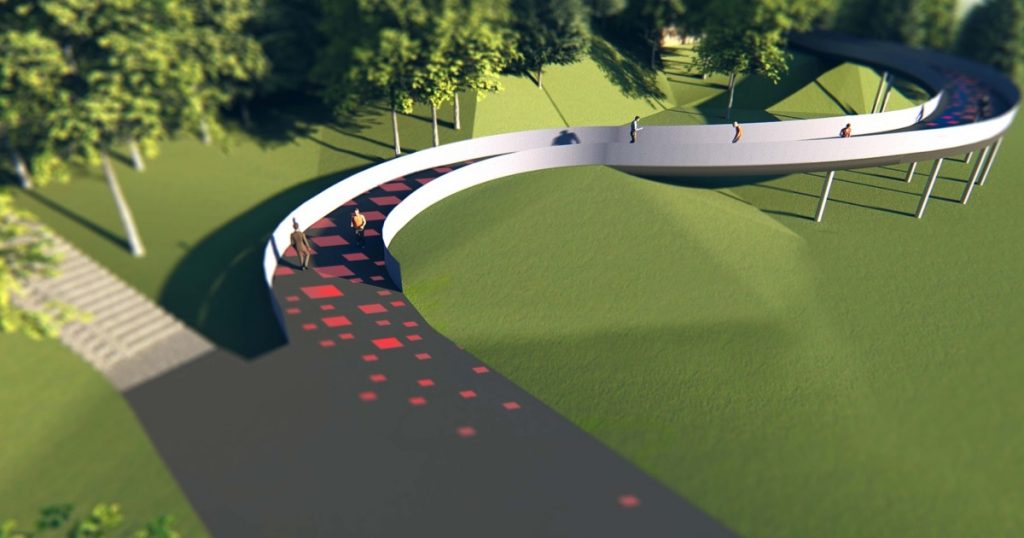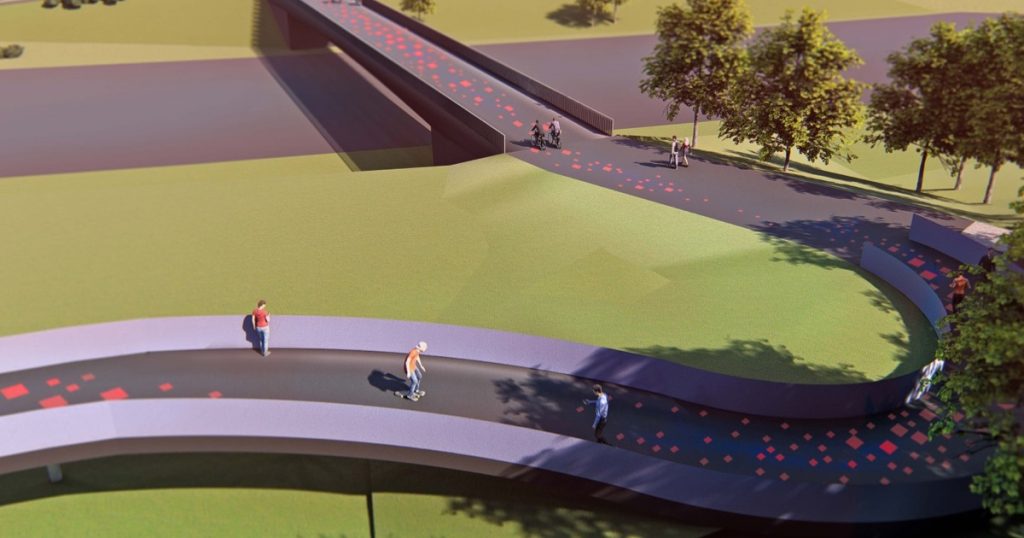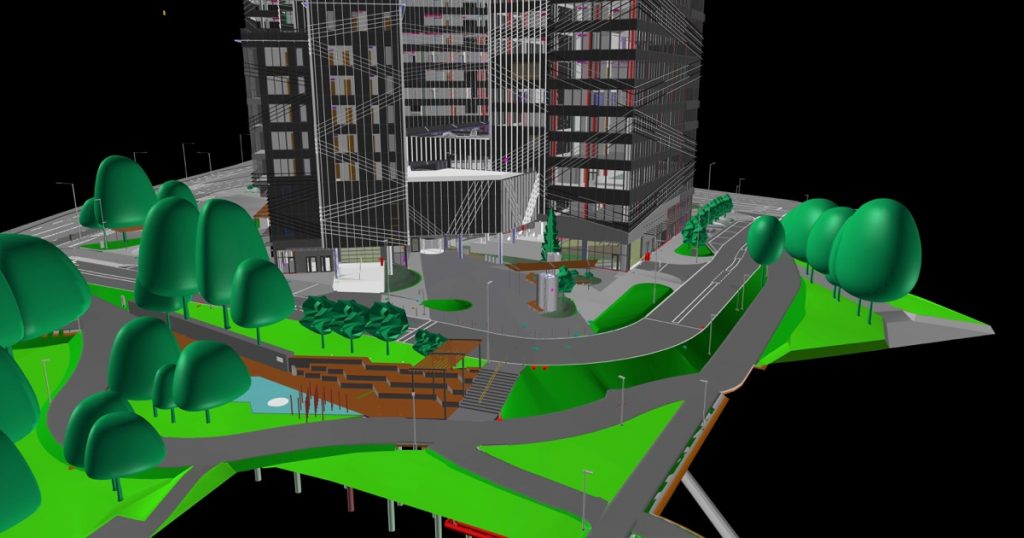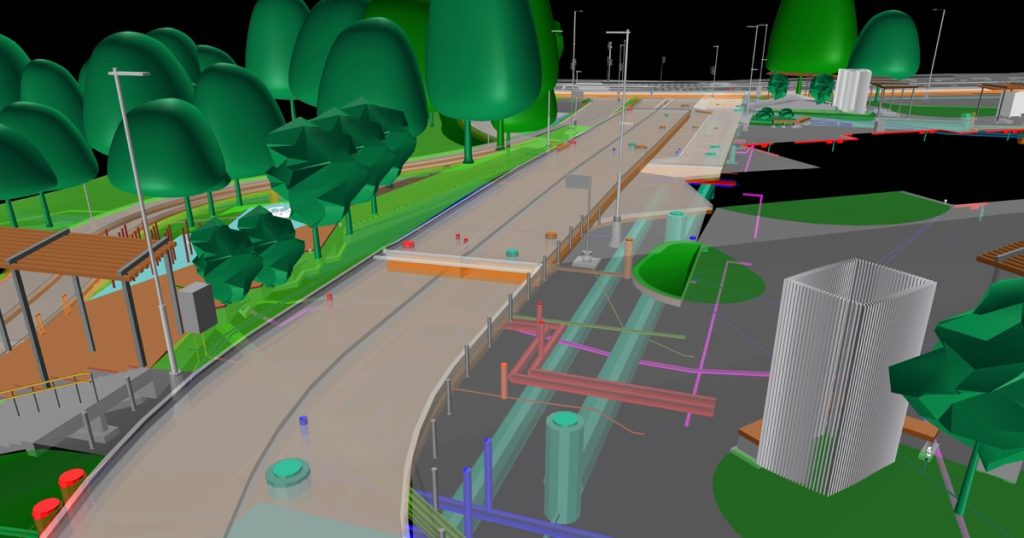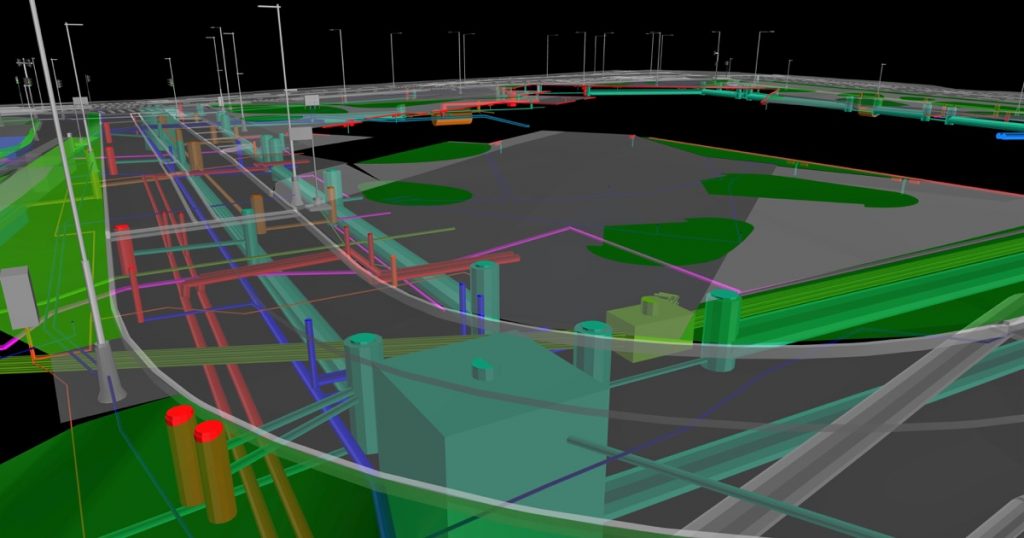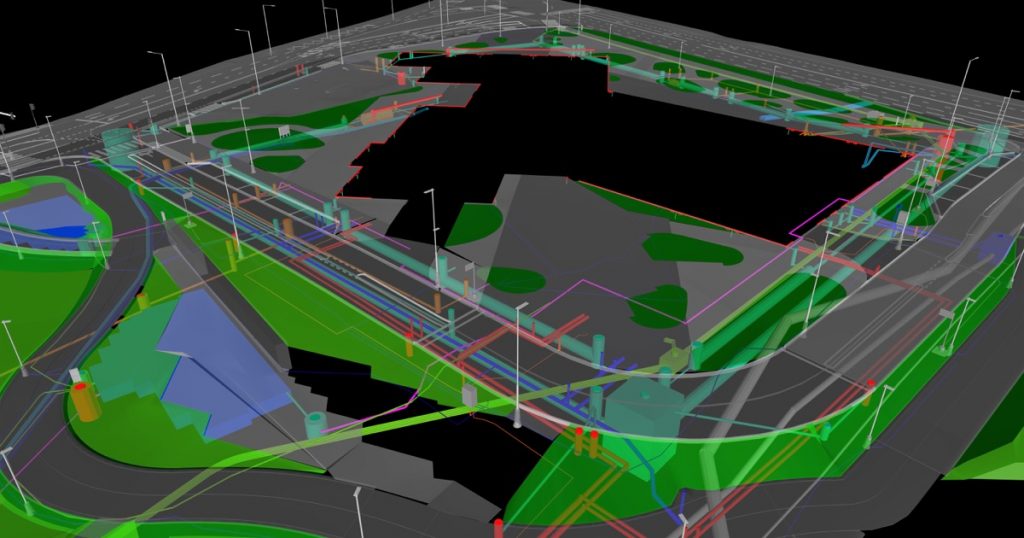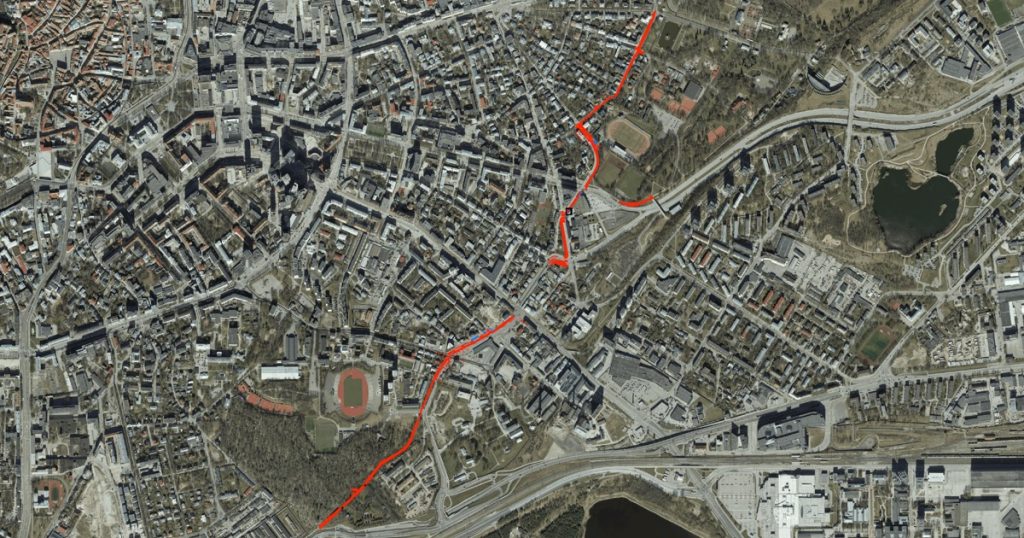You are welcome to join our online training event on 21 and 22 April: Use of geosynthetics for infrastructure, environmental structures and hydraulic structures!
The training event will be held at the initiative of Reaalprojekt OÜ and in cooperation with Addenda OÜ, a company specialising in organising training events. Lecturers are certified civil engineer Sven Sillamäe and German engineers from Huesker Synthetic GmbH, a company manufacturing geosynthetics. The training event will mostly be held in English.
The Estonian Association of Civil Engineers will grant 15.3 TPs for participating in the training event.
The discount fee for full two days’ participation in the training event is €395 + VAT (€474), while the fee for participating in a single training day is €225 + VAT (€270). The discount fee applies if you register before 14 April!
All registered persons will receive a recording of the training event with a personal 30-day right to re-watch the event.
Training event schedule and further information: https://www.addenda.ee/geosynteetide-kasutamine-infrastruktuuri-keskkonna-ja-vesiehituses
TOPICS
21 April 2021, Use of geosynthetics for infrastructure and environmental structures
- Introduction
- Geosynthetics Overview
- Use of geosynthetics for constructing forest roads
- (Introduction of the guidelines for the design, construction and maintenance of forest road covering of the State Forest Management Centre)
- Use of geosynthetics for strengthening the subsoil and creating foundations
- strengthening the structure base
- embankment on weak soils
- reinforcing soils with geosynthetics
- subsidence funnels
- Use of geosynthetics for environmental structures
- protecting groundwater
- isolating pollution hotspots
- dewatering (handling and solidifying sediment)
As a result of training, participants:
- Have an overview of the main manufactured geosynthetics and their applications in infrastructure construction;
- Are able to use the guidelines for forest road covering of the State Forest Management Centre as supportive materials for the design, construction and maintenance of forest roads;
- Have primary knowledge of:
1. the calculation methods and applications of strengthening the soil with geosynthetics and other applied materials;
2. the principles and calculation methods for designing embankments on weak soils;
3. the mechanisms related to the reinforcing of soil with geosynthetics and the factors limiting them;
4. issues related to subsidence funnels and the fundamental solution to the problem with the help of geosynthetics. - Are aware of how to protect groundwater from moving pollutants via geocomposite materials;
- Have an overview of the technology of solidifying sediment with the help of geotextile containers.
TOPICS
22 April 2021, Use of geosynthetics for hydraulic structures
- Introduction
- Main characteristics and basic knowledge
- Nature of erosion
- Regular solutions
- Constructing without suffosion hazards
- Preventing land erosion
- Concrete lining from cloth
- Sand fillable geotextile elements
As a result of training, participants are aware of:
- the reasons for bank erosion and are able to choose the suitable geosynthetics for preventing coastal bank erosion;
- the principles of designing funnels from geotextiles;
- the principles of surface erosion and are able to choose the suitable geosynthetics for preventing surface erosion;
- the principles for designing and installing concrete lining from cloth;
- the possibilities for using sand fillable geotextile elements used in coastal building and the technology of their installation.
LOCATION OF EVENT
The training event will be held on 21 and 22 April 2021 from 9:00 a.m. to 5:15 p.m. in the online seminar environment of Addenda OÜ. All participating persons will receive a link via the online seminar environment, allowing them to access the event 20 minutes before it commences. The training event can be watched at work, at home, or in another location that you prefer. We will broadcast the video and slides of the training provider, and similarly to a regular physical meeting, you can ask the training providers questions. The electronic study materials will be sent before the commencement of the training event!
COST
If you register before 14 April 2021, the discount fee for the two training days applies – €395 + VAT (€474); thereafter, the regular price will apply – €455 + VAT (€546).
The training event will cost €225 + VAT (€270) for all persons who only wish to participate in a single day of training. In this case, please use the discount code 1PÄEV when registering and note in the extra information field of the registration form the day of training you wish to participate in.
Further information and registration: https://www.addenda.ee/geosynteetide-kasutamine-infrastruktuuri-keskkonna-ja-vesiehituses
Stay healthy!
Kristina Paal
Addenda OÜ
+372 5566 2741
kristina.paal@addenda.ee
www.addenda.ee

